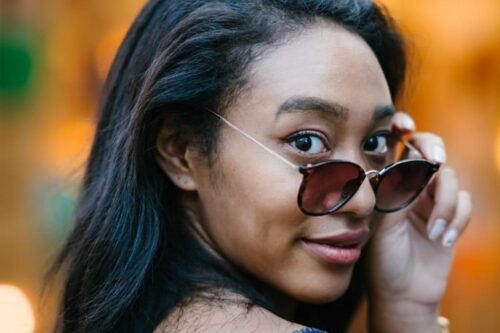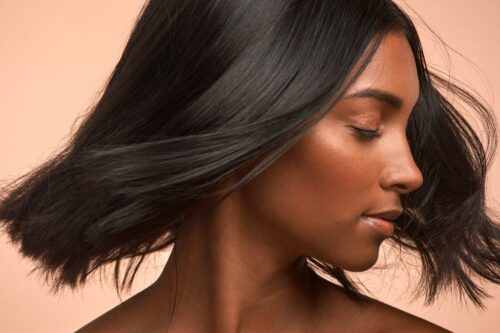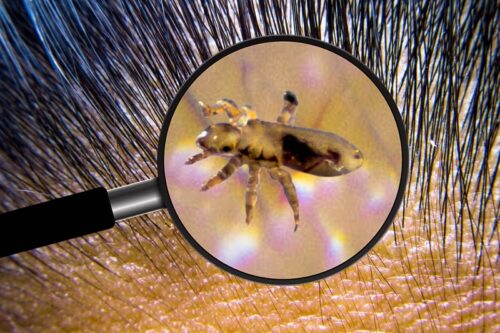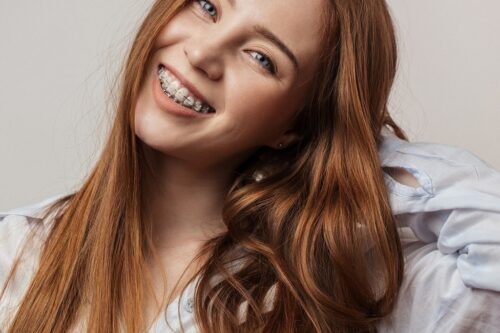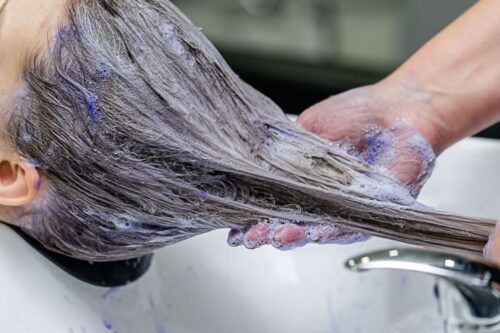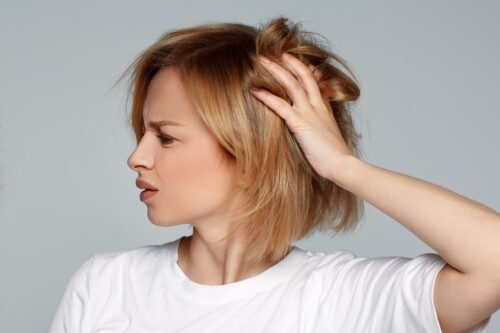Are you playing peekaboo with red undertones that have taken up unwelcome residence in your once gloriously brown locks? Or maybe, your latest brown hair dye job went wrong and left you with an unexpected shade of red.
Whether your hair color change was a surprise after a dye job or just snuck up on you over time, there’s a solution to get back to the brown shades you love.
With a few tips and tricks, you’ll soon be saying goodbye to those unwanted red tones from your brown hair.
Ready to learn how to tackle this hair color challenge? Let’s get started on this journey to restore your brown hair back to its glory!
Can You Remove Red Tones from Brown Hair?
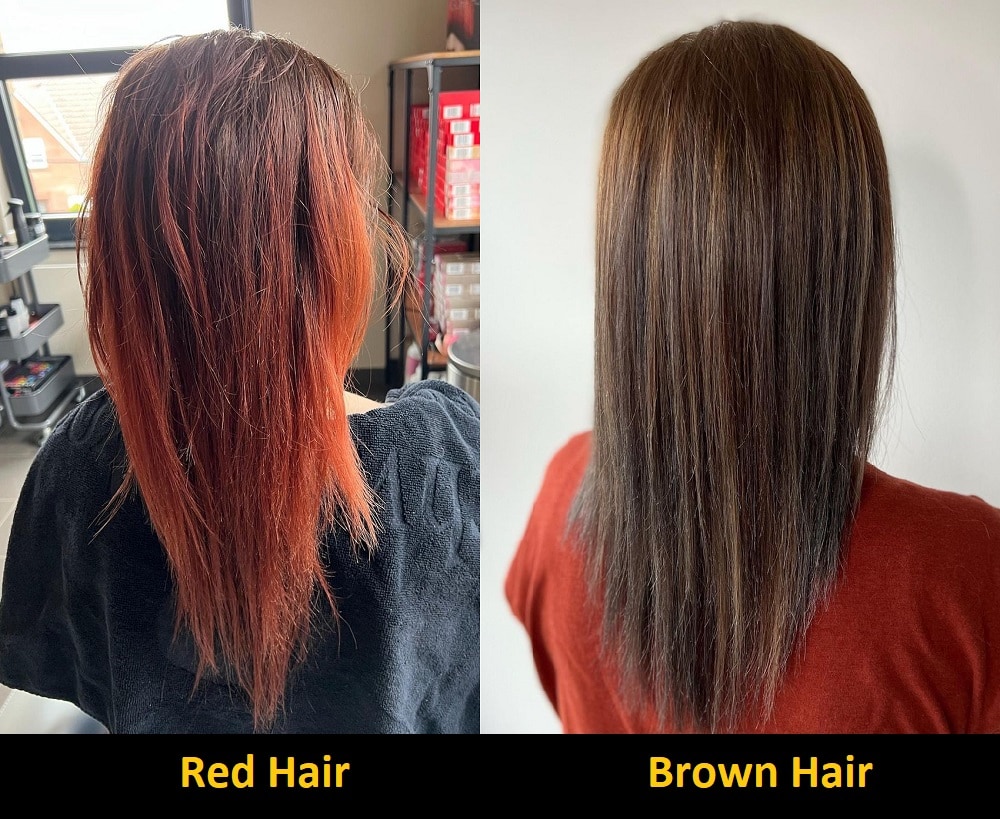
Yes, you can remove red tones from brown hair. The best way to remove red tones from brown hair depends on the severity of the problem and the desired outcome.
If you have only mild red tones, you may be able to get away with using a blue or purple shampoo.
However, if you have more severe red tones, you may need to use a toner or get a professional hair treatment.
Why Does Brown Hair Turn Red?
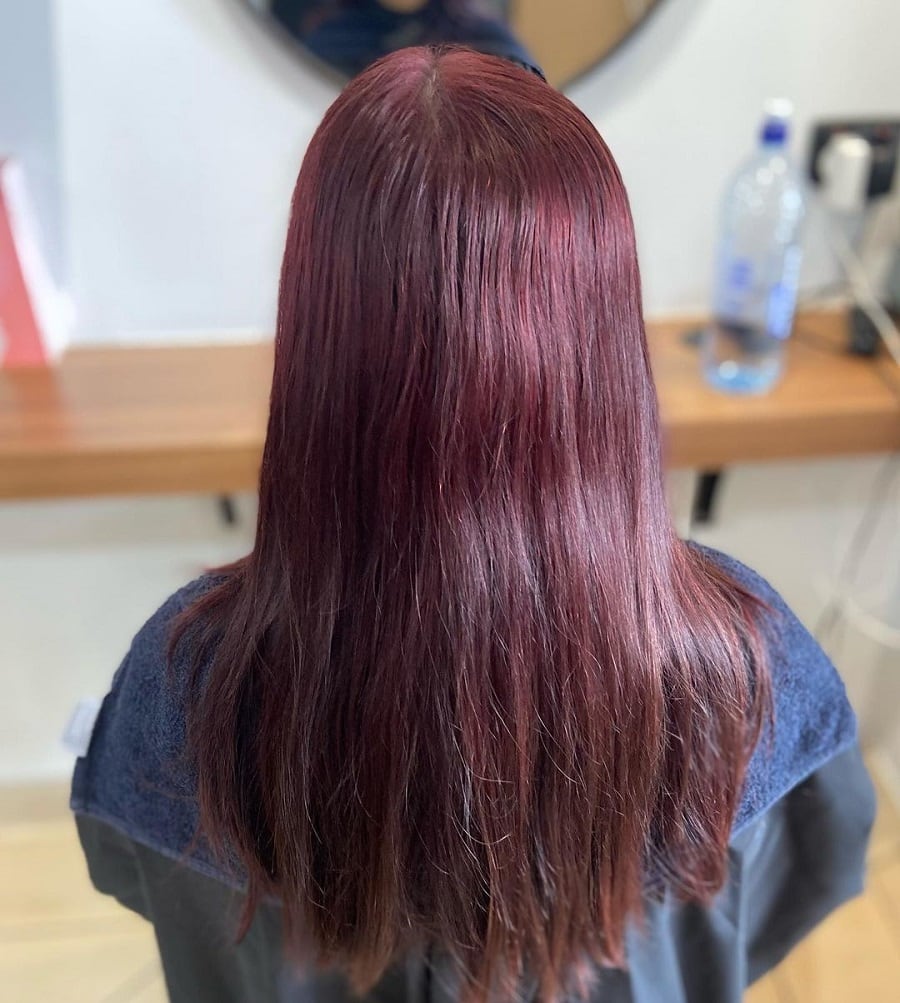
The following factors can be responsible for brown hair turning red.
1. Underlying Pigments
Each strand of our hair is composed of multiple layers. The innermost layer, the medulla, doesn’t have much impact on our hair color.
The middle layer, the cortex, is where most of our hair’s pigment is found. The outermost layer, the cuticle, acts as a protective layer.
When you dye your hair, the dye penetrates the cuticle and alters the pigmentation in the cortex.
Our hair’s natural color is a result of different types of melanin pigments – eumelanin and pheomelanin.
Eumelanin makes hair brown to black, and pheomelanin makes it yellow to red. When we lighten hair, these underlying pigments become exposed.
So, when you apply a brown dye on naturally dark hair, it might not be enough to cover the red pigments, especially if the hair is damaged or porous. This can result in hair looking brassy or reddish after dyeing.
2. Hair Color Oxidation
Over time, exposure to the environment can lead to a process called hair color oxidation. This is essentially a chemical reaction that occurs when the hair dye interacts with the oxygen in the air, causing the hair color to fade and change.
For example, if you dye your hair brown, the color molecules in the dye can oxidize and lose electrons, which can lead to the color fading.
When this happens, the brown dye might not cover the red pigments in your hair adequately, leading to a reddish tint.
Oxidation is a normal process, but certain factors like sun exposure, excessive use of heating tools, and harsh hair care products can speed up the process.
3. Inadequate Color Formulation
When hair dye is formulated, it is designed to balance out the natural pigments in your hair. For example, a brown hair dye might have a green or blue base to neutralize the red/orange undertones that naturally occur in brown hair.
If the hair dye used does not have enough of these base colors, it might not fully neutralize the red tones in your hair.
As a result, after dyeing, instead of the desired brown, your hair might appear to have a reddish tint.
This is especially true for box dyes or off-the-shelf hair color products, which are formulated to work on a wide range of hair colors and may not provide the specific tonal balance required for your hair.
4. Mineral Deposits
The water you use to wash your hair can also have an impact on your hair color. If your home has hard water, meaning water with a high mineral content, it can affect your hair color.
Minerals such as iron, copper, calcium, and magnesium in hard water can build up on the hair, leading to discoloration and brassiness.
The minerals in the water can react with the hair dye, changing its color and often giving it a reddish or orange tinge. Over time, as these minerals accumulate, the problem can become more noticeable.
This is why it’s often recommended to use a chelating or clarifying shampoo once in a while to remove mineral buildup from the hair.
5. Sun Exposure
Sun exposure is another factor that can affect the color of dyed hair. The sun’s rays can be pretty harsh and can cause your hair color to fade. Just as the sun can naturally lighten hair, it can also alter your dyed hair color.
When dyed hair is exposed to the sun, the UV rays can break down the chemical bonds in the dye, leading to color fading and often revealing the red undertones of brown hair.
How to Prevent Unwanted Red Tones in Brown Hair?
If your hair turned red after dyeing brown, it’s also possible that you picked a hair color with warm undertones. If the hair doesn’t fully absorb the color, the warm undertones will stand out without the darkening effect you were looking for.
You can easily prevent warm red undertones from your brown hair:
- Pick a brown color that is two shades darker than your natural color.
- If you have dark hair, bleach it before dyeing. A bleach bath will strip your hair of its natural pigment and remove unwanted undertones.
- Make sure to leave the hair dye in for 30 to 45 minutes to give your hair enough time to absorb the pigments.
- Protecting your hair is crucial to prevent red or brassy tones from appearing as the color fades.
- Use a shampoo and conditioner formulated for dyed hair.
- Wear hats and avoid exposure to UV rays.
- Don’t use heat-styling tools.
How to Remove Red Tones from Brown Hair
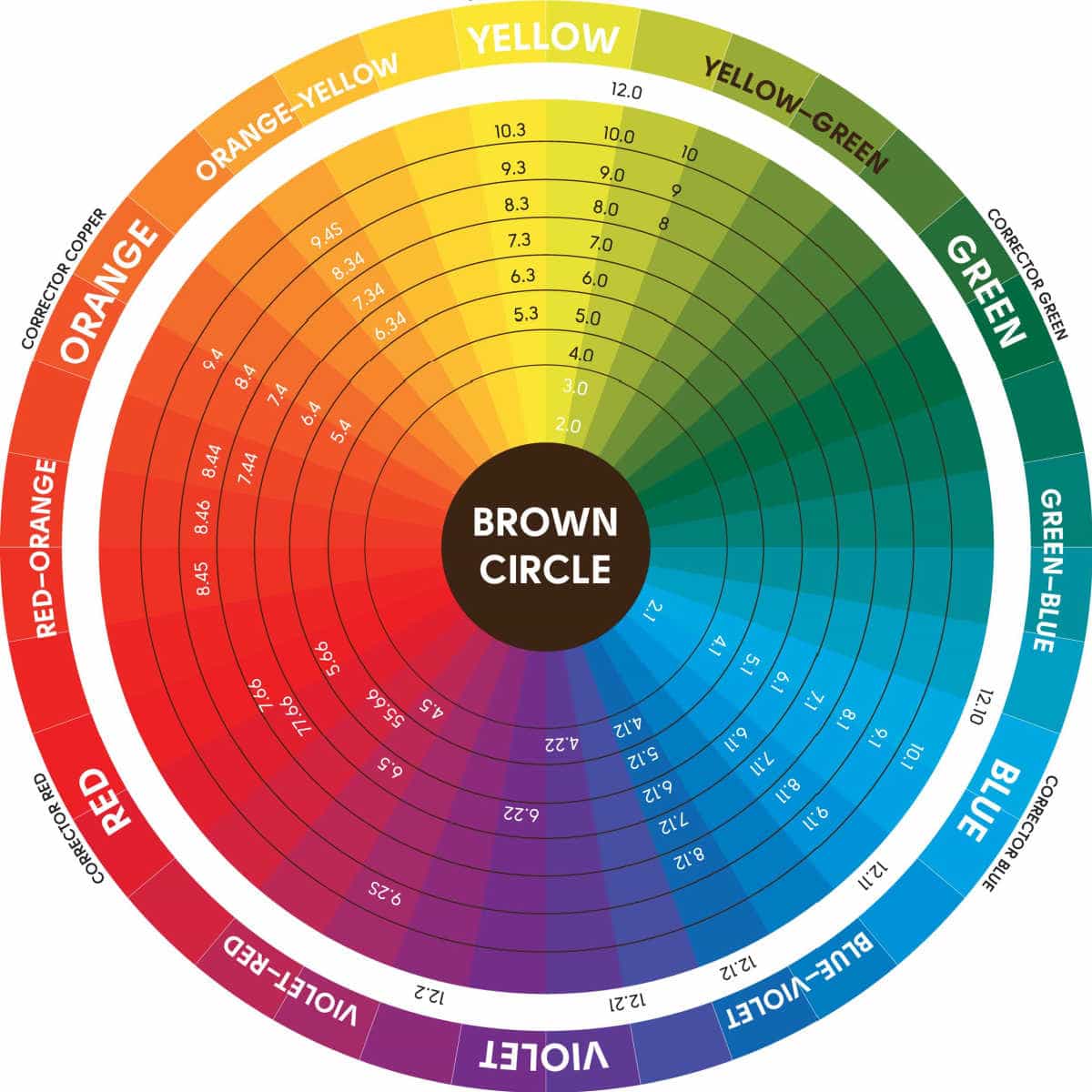
As we already said the color that is situated on the opposite of red in the color wheel will neutralize the red tones in brown hair. Depending on this there are some methods to fix red undertones in brown hair.
We recommend starting with a gentle technique before trying methods that involve bleach or a new round of dyeing to minimize damage to your hair.
1. Use a Color Correcting Shampoo
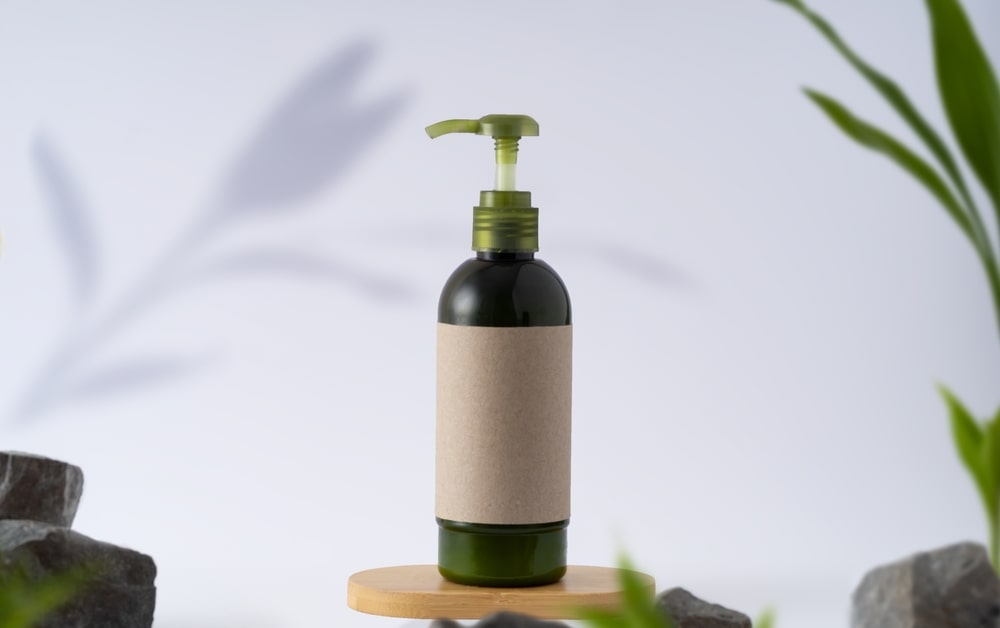
The principle behind these color-correcting shampoos is using the opposite color pigments on the wheel to neutralize unwanted tones in your hair.
The green shampoo is a type of color-correcting shampoo that contains green pigments. These pigments work to neutralize the red tones in your hair, leaving you with a more neutral brown color.
Blue shampoos can also be effective at removing red tones from brown hair. As you can see blue is the opposite pigment that cancels out the reddish-orange tones that can contribute to the brassy appearance of brown hair.
| Shades of Red Tone in Brown Hair | Opposite Color on the Color Wheel | Type of Color-Correcting Shampoo |
|---|---|---|
| Dark Red | Green | Green Shampoo |
| Light Red or Reddish-Orange | Blue | Blue Shampoo |
Apply the shampoo evenly throughout your hair and leave it in for the time specified on the package—usually around 3 to 5 minutes. Make sure to rinse thoroughly. It can be used once or twice a week, depending on how strong the red tones are.
However, overuse can lead to your hair taking on a green tinge. Adjust the frequency of use based on the severity of your hair’s red tones.
After using a color-correcting shampoo, apply a good conditioner to keep your hair moisturized and healthy.
2. Apply Toner
If you are looking for a more permanent solution, I recommend using a toner. Hair toners, often used in salons after a bleaching treatment, can also be used to neutralize red tones.
Specific colors, such as ash brown, violet, or blue toners, can help neutralize various degrees of red, orange, or yellow tones. Ash tones neutralize orange, violet tones neutralize yellow and blue, and green toners are great for more intense reds.
It’s crucial to select a toner that’s compatible with your hair color and the severity of the red tones. If the red tones are not too intense, lighter ash or violet toners can be effective. For darker brown hair with pronounced red tones, you might need to use a darker toner.
However, keep in mind that using a toner can be more expensive than using a color-correcting shampoo.
To use a toner, you typically mix it with a developer before applying it to your hair. After leaving it in for the specified time (usually around 20 minutes), rinse it out thoroughly.
The results of toner are semi-permanent and will fade over time, requiring reapplication every few weeks.
Here’s a table that summarizes the different types of toners you can use to neutralize red tones in brown hair:
| Toner Type | Function | Best For |
|---|---|---|
| Ash Brown Toner | Creates a cool, ashy brown color that neutralizes red tones. | Light brown hair with mild red tones. |
| Violet Toner | Helps create a more neutral brown color with a hint of violet. | Light to medium brown hair with yellow or mild red tones. |
| Blue Toner | A more intense toner for effectively neutralizing severe red tones. | Dark brown hair with pronounced red tones. |
3. Apply a Darker Hair Dye
Covering up your mistakes with a darker hair dye is a quick and easy fix. Red undertones probably appeared because you used a brown dye that is too light for your natural hair color. You can typically get the best results by picking a hair color two to three shades darker than your natural color.
We recommend sectioning your hair and testing this second hair dye on a small section that you can easily cover-up. You can do a few tests to figure out how long you should leave the hair dye in to hide the red undertones and achieve the color you were looking for.
4. Scrub Your Hair with Baking Soda
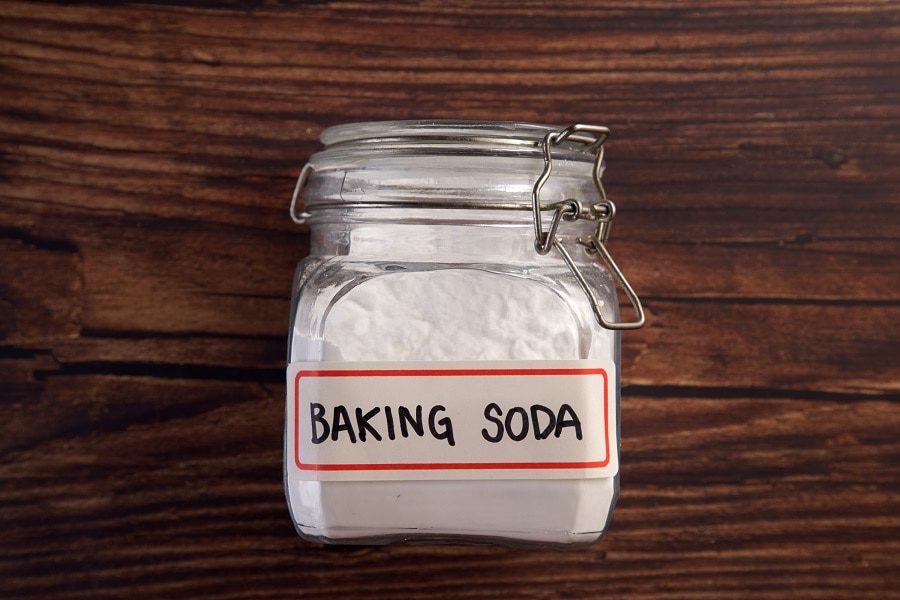
If you’re wondering how to remove red tones from brown hair with household items, then baking soda is your best bet.
For mild red undertones, baking soda can be an effective color-correcting solution. This chemical has an abrasive texture that can help remove pigment from your hair.
Create a paste by adding a few drops of water to a small quantity of baking soda and rub this mixture on your hair. Rinse thoroughly and repeat if needed.
5. Try a Hair Color Removal Product
You can find hair color removal products that use ingredients like sulfur to open the hair cuticle and dissolve pigments.
Using a hair color removal product can cause hair damage, and it will remove the brown dye. It’s a method you should use if nothing else works.
You can also apply a bleach bath to your hair to remove the brown and red pigments. Don’t leave the bleach on for too long to reduce hair damage and use a hydrating hair mask afterward.
Related Topics:
5 Ways to Remove Purple Tones from Brown Hair
Conclusion
Now that you know more about how to remove red tones from brown hair, you can start testing a few different methods.
We recommend starting with a gentle technique like toning shampoo before working your way up to bleaching your hair or applying a hair color removal product.
FAQs
Read on to learn more about correcting undertones.
How often can you use a toner?
It’s best to wait a week between toner applications to avoid drying and damaging your hair.
How can you prevent red undertones?
Pick a hair dye with cool or ash undertones to neutralize your natural warm undertones.

